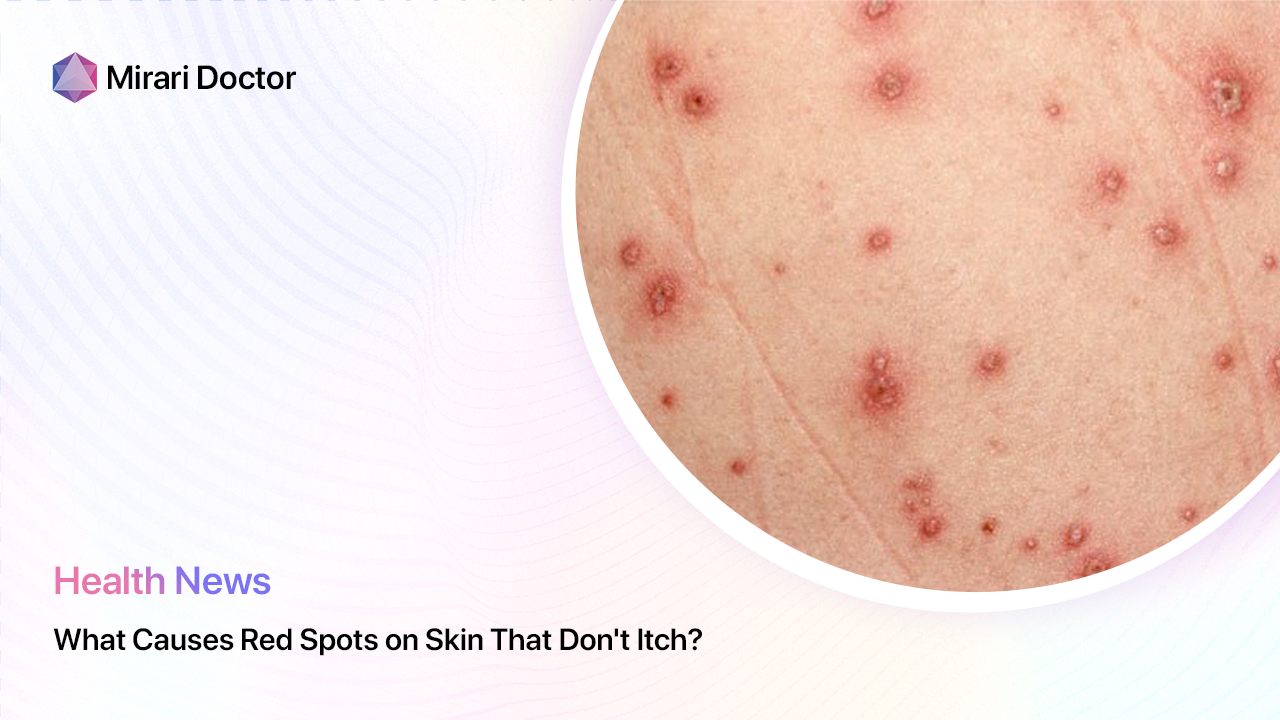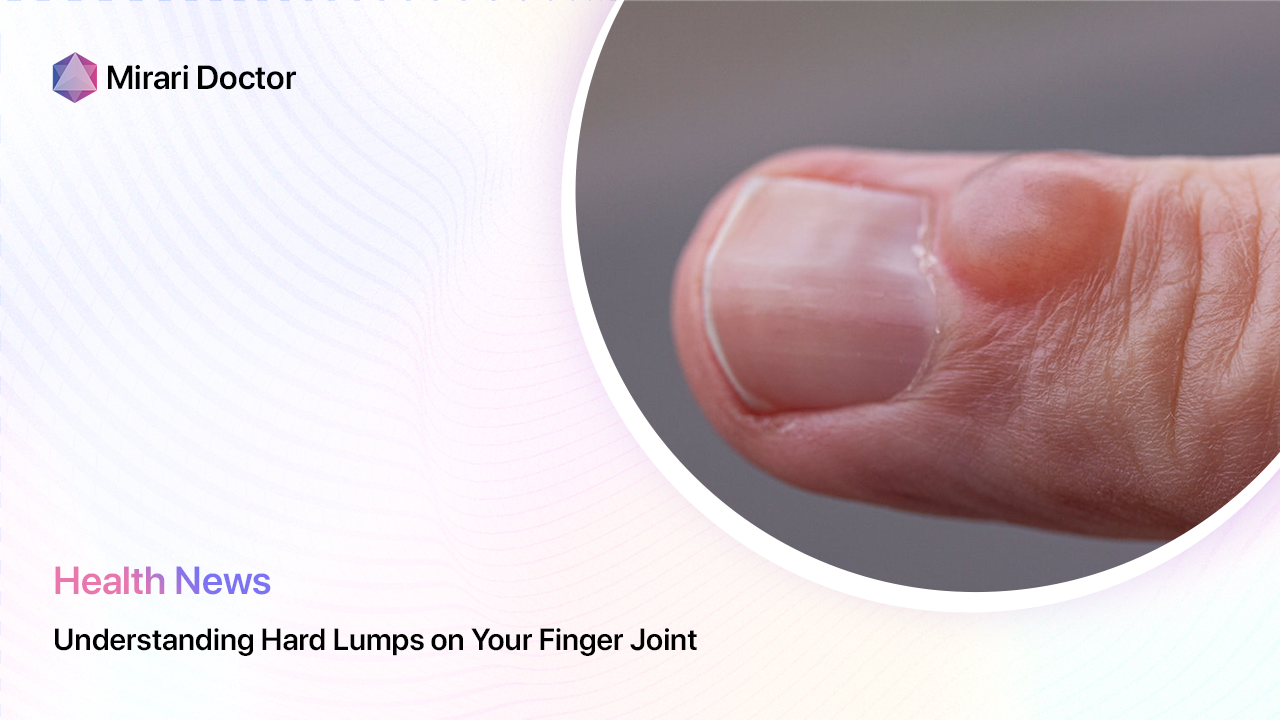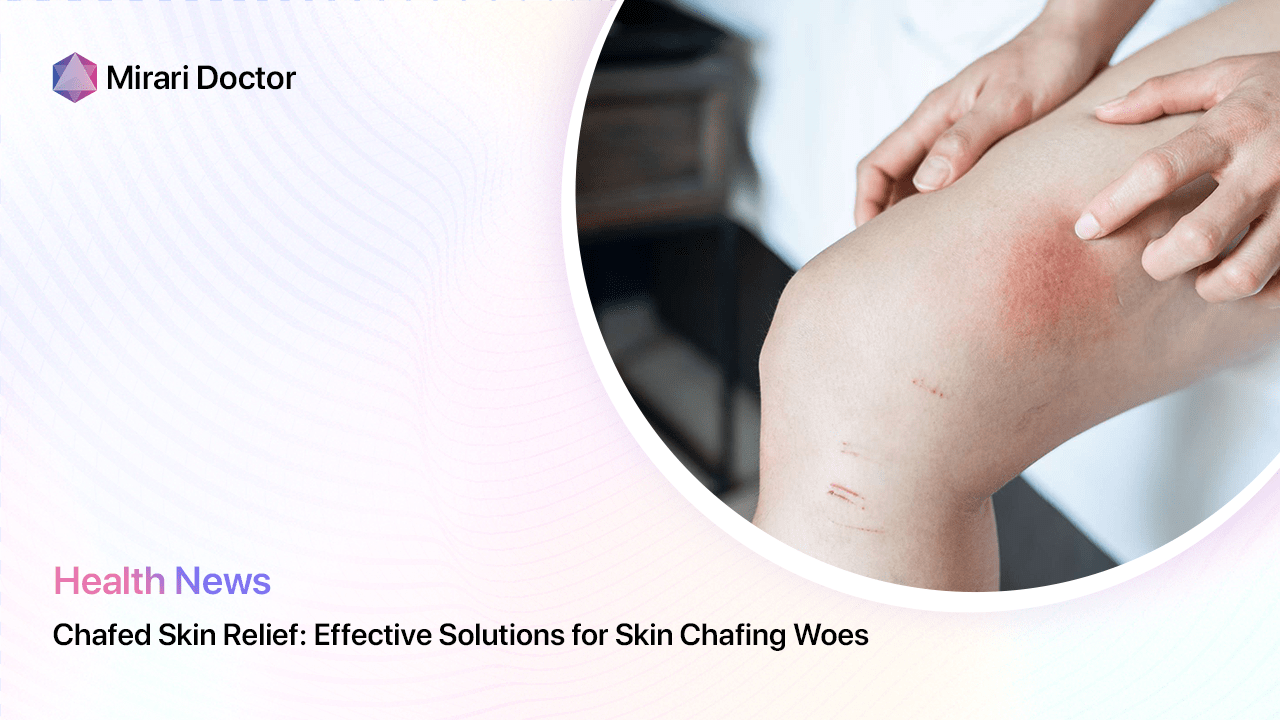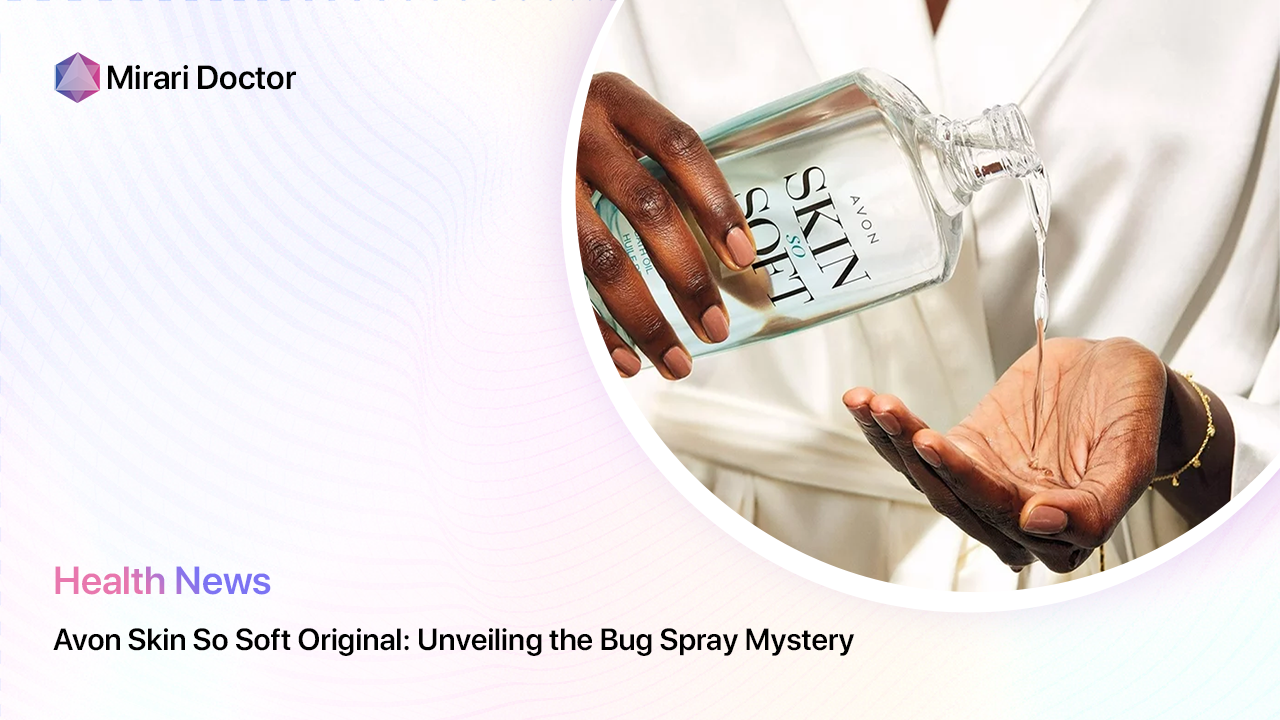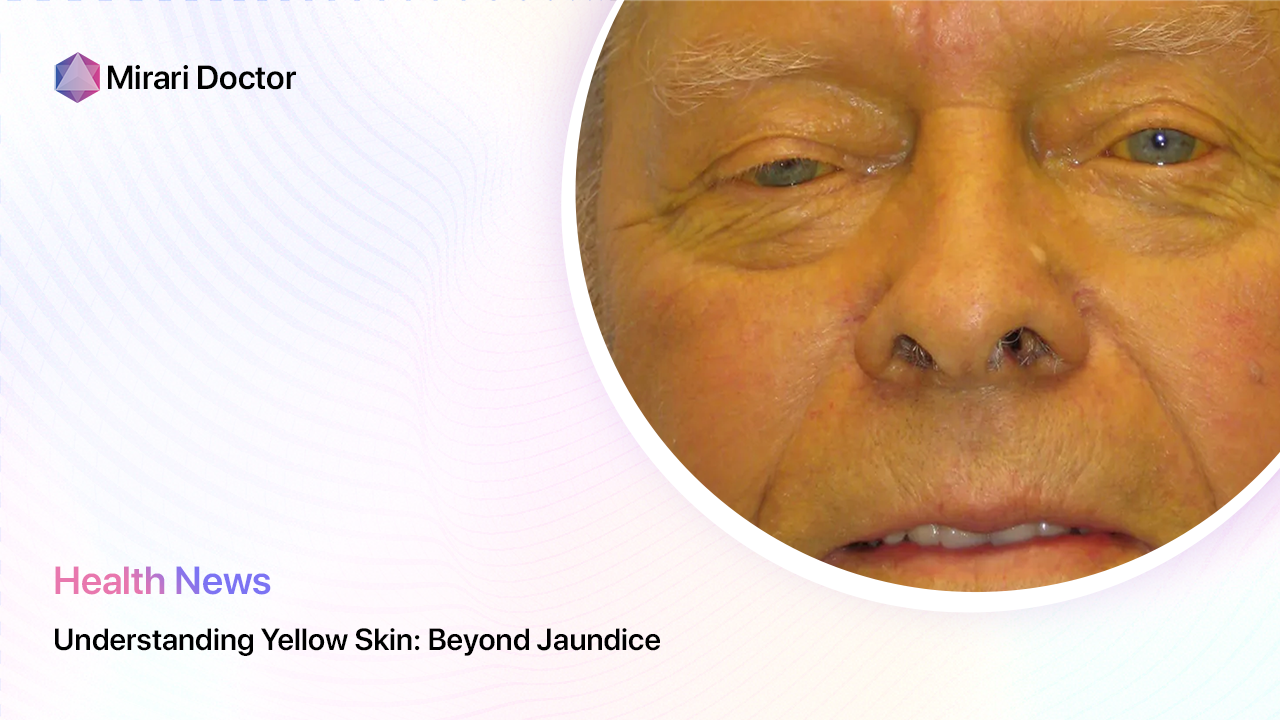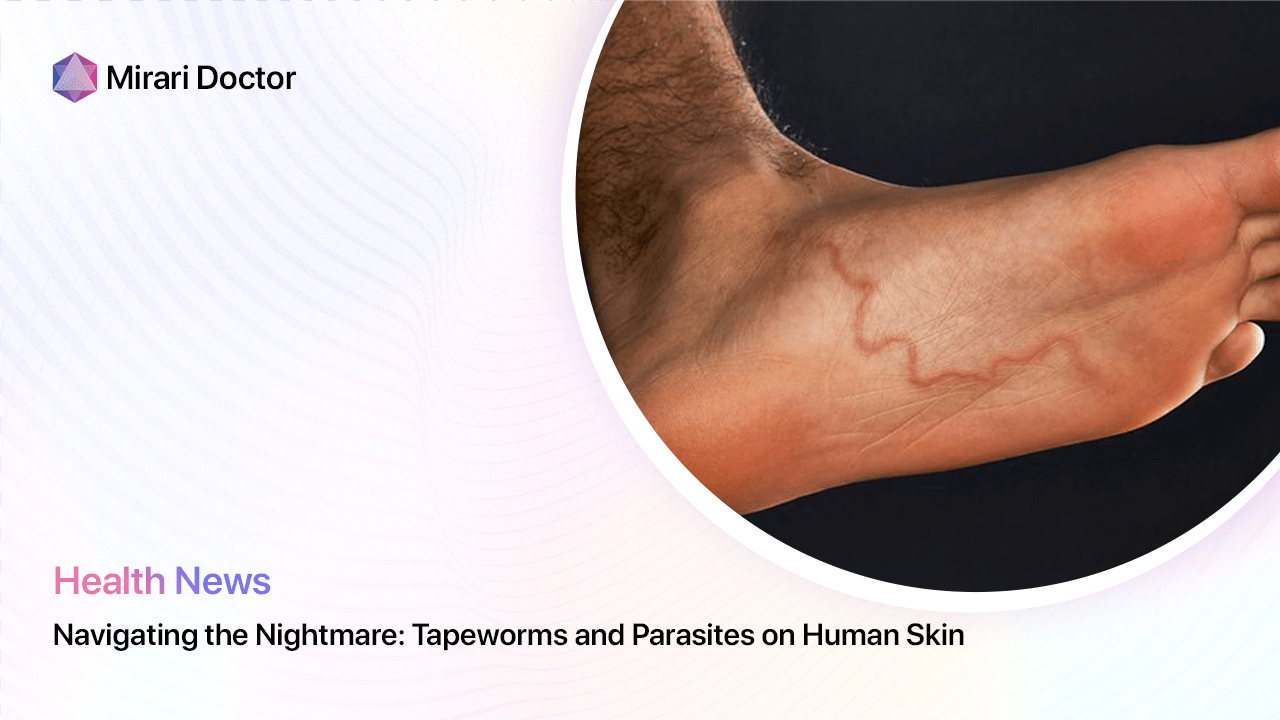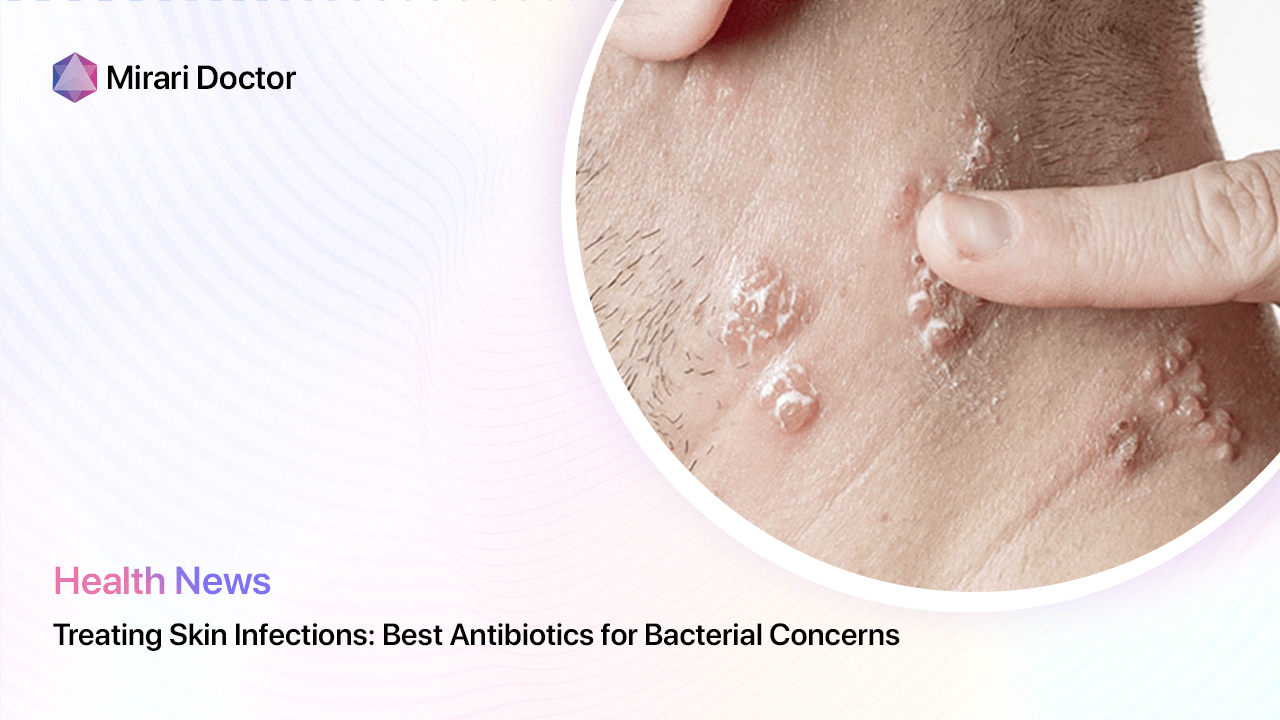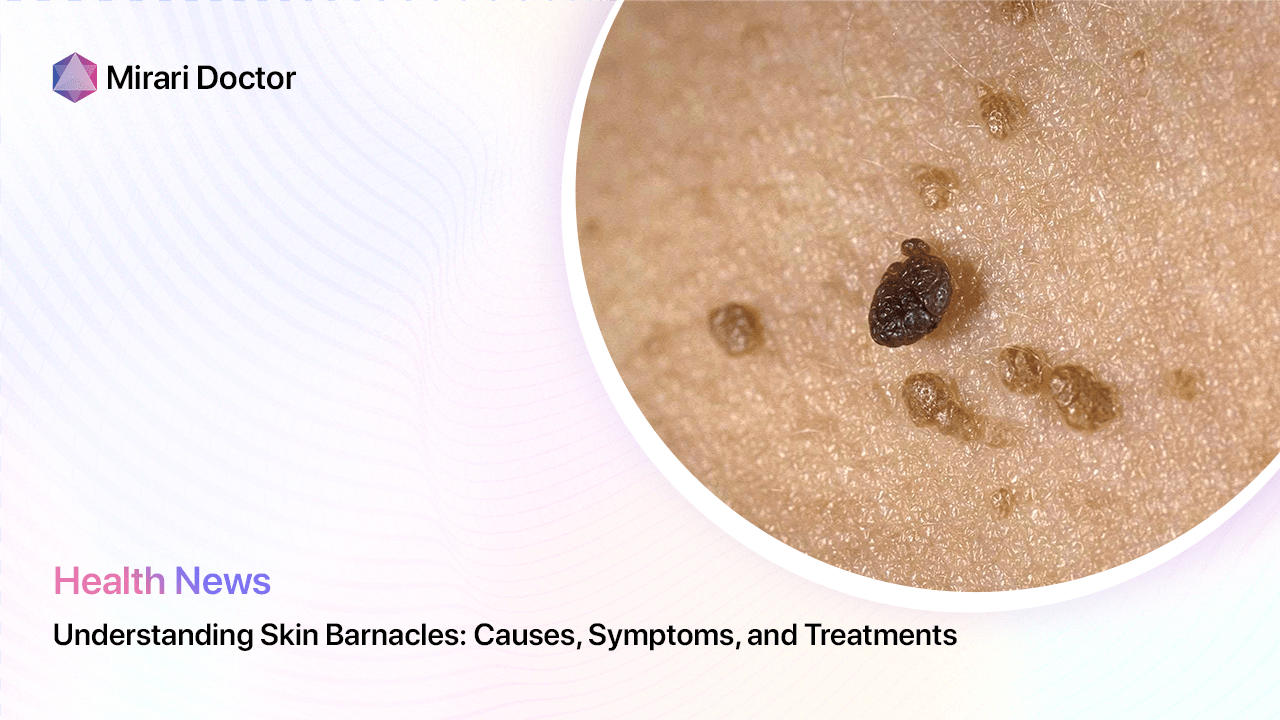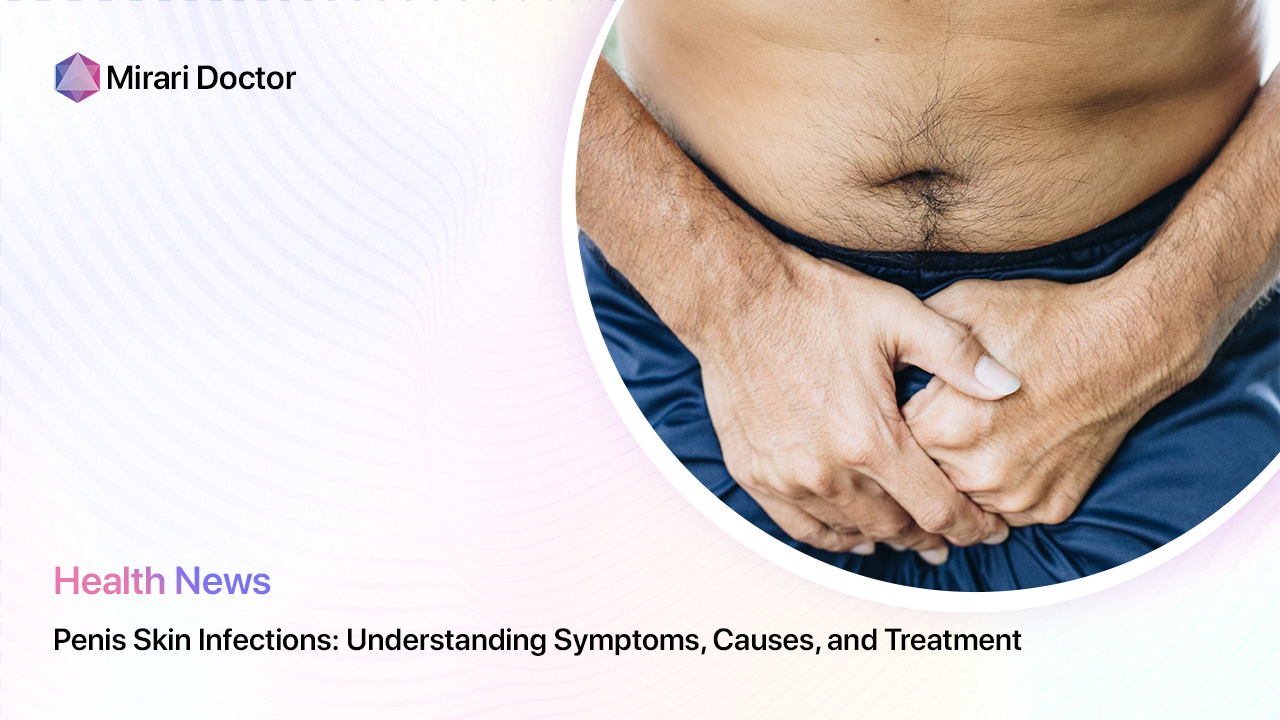
As a trusted medical resource, we understand the importance of addressing sensitive topics like penis skin infections with expertise, empathy, and discretion. Many men experience discomfort, confusion, and embarrassment when faced with symptoms of a penis skin infection, often hesitating to seek help. In this comprehensive article, we aim to provide clear, accurate information about recognizing, understanding, and treating common penis skin infections, empowering you to take control of your genital health and well-being.
Penis skin infections can cause a range of unpleasant symptoms, from redness and itching to pain and unusual discharge. While these symptoms can be alarming, most penis skin infections are treatable with proper medical care and hygiene practices. By learning to identify the signs of an infection and understanding the potential causes, you can take proactive steps to protect your penis health and overall quality of life.
Recognizing Signs of a Penis Skin Infection
The first step in managing a penis skin infection is recognizing the symptoms. While the specific signs may vary depending on the type of infection, there are several common indicators to watch for:
Symptoms to look for
- Redness and irritation: The glans penis (head of the penis) and/or foreskin may appear red, swollen, and inflamed.
- Itching and burning: An intense itching or burning sensation on the penis skin can be a sign of infection.
- Unusual discharge: A white, cheesy, or pus-like discharge from the penis can indicate a yeast or bacterial infection.
- Pain during urination or sex: Discomfort or a burning sensation when urinating or during sexual activity may be a symptom of an infection.
- Difficulty retracting foreskin: For uncircumcised males, difficulty pulling back the foreskin can be a sign of inflammation or infection.
It’s important to note that not all symptoms may be present, and the severity can vary from person to person. If you experience any of these signs, especially if they persist for more than a few days, it’s crucial to seek medical attention.
When to see a doctor for diagnosis
- Symptoms persist: If your symptoms last more than a few days or seem to be worsening, it’s time to consult a healthcare professional.
- Severe discomfort: Intense pain or discomfort in the penis area should be evaluated by a doctor.
- Signs of spreading infection: If you develop a fever or notice swollen lymph nodes in the groin area, it may indicate that the infection is spreading and requires immediate medical attention.
- STI concerns: If you suspect that your symptoms may be related to a sexually transmitted infection (STI), it’s essential to get tested and treated promptly to avoid complications and potential transmission to partners.
Remember, early diagnosis and treatment can help prevent complications and promote faster healing. Don’t let embarrassment or fear keep you from seeking the care you need – your penis health is too important to ignore.

Understanding Common Types of Penis Skin Infections
Penis skin infections can be caused by various pathogens, including fungi, bacteria, and viruses. Familiarizing yourself with the most common types of infections can help you better understand your symptoms and treatment options.
Yeast Infection (Candidiasis)
A yeast infection of the penis, also known as candidiasis, is caused by an overgrowth of the fungus Candida albicans. This type of fungal infection is more common in uncircumcised males and those with weakened immune systems. Symptoms of a penile yeast infection may include:
- Redness and inflammation of the penis skin
- Itching or burning sensation
- White, cottage cheese-like discharge
- Difficulty retracting the foreskin (in uncircumcised males)
Yeast infections can often be treated with over-the-counter antifungal creams, but it’s important to confirm the diagnosis with a doctor to rule out other potential causes.
Balanitis
Balanitis refers to inflammation of the glans penis (head of the penis). This condition can be caused by a variety of factors, including:
- Yeast or bacterial infections
- Irritation from harsh soaps or chemicals
- Poor hygiene practices
- Skin conditions like psoriasis or eczema
Symptoms of balanitis may include redness, swelling, itching, and discharge. Treatment depends on the underlying cause but may involve antifungal or antibiotic creams, improved hygiene practices, and avoiding irritants.
Posthitis
Posthitis is inflammation of the foreskin, the retractable skin that covers the glans penis in uncircumcised males. Like balanitis, posthitis can be caused by infections, irritants, or poor hygiene. Symptoms are similar to those of balanitis but are localized to the foreskin. Treatment often involves a combination of medicated creams and improved hygiene practices.
It’s worth noting that balanitis and posthitis often occur together, a condition known as balanoposthitis. This combination of inflammation affecting both the glans penis and foreskin can be particularly uncomfortable and may require more intensive treatment.
By understanding the different types of penis skin infections and their specific symptoms, you can better communicate your concerns to a healthcare provider and receive targeted treatment. Remember, prompt attention to any abnormal symptoms is key to maintaining optimal penis health.
Potential Causes of Penis Skin Infections
Penis skin infections can develop due to a variety of factors, ranging from hygiene practices to sexual activity. Understanding the potential causes can help you take preventive measures and identify lifestyle changes that may reduce your risk of infection.
Poor Hygiene
One of the most common causes of penis skin infections is poor hygiene. Failure to regularly clean the penis and surrounding areas can create an ideal environment for harmful bacteria and fungi to thrive. Some specific hygiene-related factors that can contribute to infections include:
- Not washing the penis daily with mild soap and water
- Allowing moisture to become trapped under the foreskin (in uncircumcised males)
- Wearing tight, restrictive clothing that doesn’t allow the skin to breathe
- Failing to change out of sweaty or damp underwear promptly
To maintain good penile hygiene, it’s important to establish a daily cleaning routine, paying special attention to the folds and crevices where bacteria can accumulate.
Skin Irritants
Exposure to certain irritants can disrupt the delicate balance of the penis skin, leading to inflammation and increasing the risk of infection. Common sources of irritation include:
- Harsh soaps or detergents
- Fragrances or dyes in personal care products
- Spermicides or other contraceptive products
- Latex condoms (for those with latex allergies)
- Tight-fitting or rough-textured clothing
If you suspect that a particular product or material is causing irritation, it’s best to discontinue use and opt for gentler, hypoallergenic alternatives.
Sexually Transmitted Infections (STIs)
Certain sexually transmitted infections (STIs) can cause penis skin irritation and inflammation, increasing the risk of secondary infections. Some common STIs that may contribute to penis skin issues include:
- Chlamydia: This bacterial infection can cause urethral discharge and burning during urination.
- Gonorrhea: Another bacterial STI, gonorrhea can lead to painful urination and pus-like discharge from the penis.
- Herpes: The herpes simplex virus (HSV) can cause painful blisters or sores on the penis and surrounding areas.
Practicing safe sex, including consistent condom use, is essential for reducing the risk of contracting STIs. If you suspect that you may have been exposed to an STI, it’s crucial to get tested and treated promptly to avoid complications and potential transmission to partners.
By addressing potential causes of penis skin infections, such as improving hygiene practices, avoiding irritants, and practicing safe sex, you can take proactive steps to protect your penile health. However, if an infection does occur, prompt medical attention and treatment are essential for a speedy recovery.

Treatment Options for Penis Skin Infections
If you’ve been diagnosed with a penis skin infection, don’t worry – most cases can be effectively treated with a combination of medications and self-care practices. The specific treatment approach will depend on the type of infection and its underlying cause.
Antifungal Creams for Yeast Infections
For yeast infections caused by an overgrowth of the fungus Candida albicans, topical antifungal creams are often the first line of treatment. Some common over-the-counter antifungal creams used to treat penile yeast infections include:
- Clotrimazole (Lotrimin AF)
- Miconazole (Monistat)
- Terbinafine (Lamisil)
These creams are typically applied to the affected area 2-3 times daily for 1-2 weeks, or as directed by your doctor. It’s important to complete the full course of treatment, even if symptoms improve, to ensure the infection is fully cleared.
Antibiotic Creams for Bacterial Infections
If your penis skin infection is caused by bacteria, your doctor may prescribe a topical antibiotic cream, such as:
- Mupirocin (Bactroban)
- Retapamulin (Altabax)
- Fusidic acid (Fucidin)
These creams are usually applied 2-3 times daily for 7-10 days, or as prescribed by your doctor. As with antifungal creams, it’s crucial to complete the full course of treatment to prevent the infection from recurring.
Home Care Practices
In addition to medical treatment, there are several self-care practices that can help soothe symptoms and promote healing:
- Gentle cleaning: Wash the affected area daily with warm water and a mild, fragrance-free soap. Avoid harsh scrubbing, which can further irritate the skin.
- Keeping the area dry: After washing, gently pat the penis dry with a clean towel. If you’re uncircumcised, be sure to retract the foreskin and allow the area to air dry before covering.
- Wearing loose-fitting clothing: Opt for loose, breathable underwear made from natural fibers like cotton. Avoid tight-fitting clothing that can trap moisture and create a breeding ground for bacteria and fungi.
Remember, while home care practices can help manage symptoms, they should be used in conjunction with medical treatment for the best results. If your symptoms persist or worsen despite treatment, be sure to follow up with your doctor.
Preventing Penis Skin Infections
While penis skin infections can be uncomfortable and frustrating, the good news is that many cases can be prevented with simple lifestyle changes and good hygiene practices. Here are some tips for keeping your penis healthy and infection-free.
Establish a Daily Hygiene Routine
One of the most effective ways to prevent penis skin infections is to maintain a consistent hygiene routine. Here’s what you should do:
- Wash daily: Gently wash your penis with warm water and a mild, fragrance-free soap once a day. If you’re uncircumcised, be sure to retract the foreskin and clean underneath.
- Rinse thoroughly: After washing, rinse your penis thoroughly with warm water to remove any soap residue, which can cause irritation.
- Pat dry: Use a clean, soft towel to gently pat your penis dry. Avoid rubbing or scrubbing, which can irritate the delicate skin.
By incorporating these simple steps into your daily routine, you can help keep your penis clean and healthy, reducing the risk of infection.
Practice Safe Sex
Sexually transmitted infections (STIs) like chlamydia and gonorrhea can cause penis skin irritation and inflammation, increasing the risk of secondary infections. To reduce your risk of contracting an STI:
- Use condoms consistently: Wear a condom every time you have sex, including during oral sex. This can help protect you and your partner from STIs.
- Get tested regularly: If you’re sexually active, it’s important to get tested for STIs regularly, even if you don’t have symptoms. Many STIs can be asymptomatic, meaning you may not realize you have an infection.
- Communicate with your partner(s): Have open and honest conversations with your sexual partner(s) about STI testing and status. If you or your partner have an STI, it’s essential to get treated promptly to avoid complications and potential transmission.
Remember, while condoms can significantly reduce the risk of STIs, they are not 100% effective. If you suspect you may have an STI, see a doctor for testing and treatment.
Avoid Irritants
Certain products and materials can irritate the delicate skin of the penis, increasing the risk of infection. To minimize irritation:
- Choose gentle products: Opt for fragrance-free, hypoallergenic soaps and detergents. Avoid using harsh chemicals or scented products on your penis.
- Wear breathable underwear: Choose loose-fitting, cotton underwear that allows your skin to breathe. Avoid tight, synthetic materials that can trap moisture and create a breeding ground for bacteria and fungi.
- Be cautious with sexual products: If you use lubricants or other sexual products, choose water-based, fragrance-free options to minimize the risk of irritation. Avoid using oil-based products, which can break down condoms and increase the risk of infection.
By being mindful of the products and materials that come into contact with your penis, you can help reduce the risk of irritation and infection.

Dispelling Myths About Penis Skin Infections
There are many misconceptions surrounding penis skin infections, which can lead to confusion and delayed treatment. Let’s set the record straight on some common myths.
Myth: All Penis Irritation Is a Sign of Infection
Truth: While penis irritation can certainly be a sign of infection, it’s not always the case. Irritation can also be caused by factors such as:
- Allergies (e.g., to latex condoms or lubricants)
- Tight clothing
- Harsh soaps or detergents
- Dry skin
If you experience persistent irritation, it’s best to see a doctor for a proper diagnosis, rather than assuming it’s an infection.
Myth: Only Uncircumcised Men Get Penis Skin Infections
Truth: While uncircumcised men may be more prone to certain types of infections, such as yeast infections and balanitis, due to the moist environment created by the foreskin, both circumcised and uncircumcised men can experience penis skin infections.
Factors like poor hygiene, sexual activity, and underlying health conditions can increase the risk of infection, regardless of circumcision status.
Myth: Penis Skin Infections Are Always Caused by STIs
Truth: While some STIs, such as herpes and HPV, can cause penis skin irritation and increase the risk of secondary infections, they are not the most common cause of penis skin infections.
In fact, yeast infections and bacterial infections caused by factors like poor hygiene or an imbalance of natural bacteria are more likely culprits. However, if you suspect an STI may be involved, it’s crucial to see a doctor for testing and treatment.
By dispelling these myths and providing accurate information, we hope to empower men to take control of their penis health and seek prompt medical attention when needed.
When to See a Doctor for Penis Skin Concerns
While many penis skin concerns can be managed with home care and over-the-counter treatments, there are times when it’s essential to seek professional medical advice. If you experience any of the following, schedule an appointment with your doctor:
- Persistent symptoms: If your symptoms last more than a few days or seem to be worsening despite home treatment, it’s time to see a doctor.
- Severe pain or discomfort: If you experience intense pain, swelling, or difficulty urinating, seek medical attention promptly.
- Signs of infection spread: If you develop a fever, chills, or swollen lymph nodes in the groin area, it may indicate that the infection is spreading and requires immediate treatment.
- Concerns about STIs: If you suspect your symptoms may be related to an STI, or if you’ve had unprotected sex with a partner who may have an STI, see a doctor for testing and treatment.
Remember, your doctor is there to help you, not to judge you. They have seen and treated many cases of penis skin infections and will work with you to develop an effective treatment plan.
FAQs
Can diabetes increase the risk of penis skin infections?
Yes, diabetes can weaken the immune system and make men more susceptible to infections, including those of the penis. High blood sugar levels can also create a favorable environment for bacteria and fungi to grow. If you have diabetes, it’s essential to work with your doctor to manage your blood sugar and maintain good hygiene practices.
Is it safe to use over-the-counter creams for penis skin infections?
While over-the-counter antifungal creams can be effective for treating mild yeast infections, it’s important to see a doctor for a proper diagnosis before self-treating. Using the wrong medication or not treating the infection adequately can lead to complications or recurrent infections. If you’re unsure about what’s causing your symptoms, always consult a medical professional.
Can penis skin infections be spread through sexual contact?
It depends on the type of infection. Some penis skin infections, such as those caused by sexually transmitted pathogens like herpes or HPV, can be spread through sexual contact. However, many common penis skin infections, such as yeast infections or balanitis caused by bacterial overgrowth, are not considered sexually transmitted and cannot be passed to a partner through sex.
If you have a penis skin infection that you suspect may be contagious, it’s essential to see a doctor for proper diagnosis and treatment. They can advise you on whether you need to abstain from sexual activity until the infection clears.
Can penis skin infections affect my sex life?
Depending on the type and severity of the infection, penis skin infections can cause discomfort, pain, or other symptoms that may make sexual activity difficult or unpleasant. Some key ways infections can impact your sex life include:
- Pain or discomfort: Infections can cause redness, swelling, and tenderness that may make erections or intercourse painful.
- Itching or burning: Intense itching or burning sensations associated with some infections can be distracting and interfere with sexual pleasure.
- Unusual discharge: Some infections, like yeast infections, can cause a thick, white discharge that may be off-putting to you or your partner.
- Contagion concerns: If you have an STI or another contagious infection, you may need to abstain from sexual activity to avoid spreading it to your partner.
If you’re experiencing persistent symptoms that are impacting your sex life, it’s important to talk to your doctor. They can help diagnose the issue and recommend appropriate treatment to get you back to feeling your best.
How can I maintain a healthy sexual relationship while managing a penis skin infection?
Dealing with a penis skin infection can be frustrating, especially when it comes to intimacy. However, with open communication and a few adjustments, you can maintain a healthy sexual relationship while managing your condition:
- Talk to your partner: Be honest with your partner about your situation. Explain your symptoms, any concerns about contagion, and how you’re feeling both physically and emotionally.
- Follow your doctor’s advice: If your doctor recommends abstaining from sex while you treat the infection, it’s important to follow their guidelines to avoid complications or spreading the infection to your partner.
- Explore other forms of intimacy: If intercourse is off the table, consider other ways to maintain closeness, such as cuddling, massages, or shared baths. Focus on emotional connection and non-sexual touch.
- Practice good hygiene: Wash your hands before and after touching your genitals or engaging in any sexual activity. If you’re using sex toys, clean them thoroughly between uses.
- Be patient with yourself: Dealing with a penis skin infection can be stressful, but try not to let it affect your self-esteem. Remember that this is a temporary setback, and with proper treatment, you’ll be back to your normal self soon.
By approaching the situation with openness, adaptability, and a focus on emotional connection, you can maintain a strong sexual relationship while navigating the challenges of a penis skin infection.
I feel embarrassed about having a penis skin infection. Is this common?
It’s completely normal to feel embarrassed or self-conscious about having a penis skin infection. Many men find it difficult to talk about genital health issues due to social stigma or personal discomfort. However, it’s important to remember that penis skin infections are quite common and nothing to be ashamed of.
Consider these facts:
- Prevalence: Yeast infections, one of the most common types of penis skin infections, affect up to 15% of males at some point in their lives.
- Not a reflection of hygiene: While good hygiene can help prevent some infections, developing a penis skin infection doesn’t mean you’re unclean or have done anything wrong.
- Doctors are there to help: Healthcare professionals deal with genital health concerns every day. They are not there to judge you, but rather to provide the care and treatment you need.
If you’re feeling anxious or embarrassed about seeking help for a penis skin infection, try to reframe your mindset. Remember that taking care of your health is a sign of maturity and self-respect. By seeking treatment, you’re taking proactive steps to protect your well-being and prevent potential complications.
If you’re still struggling with embarrassment or anxiety, consider confiding in a trusted friend or family member for support. You can also ask your doctor about resources for coping with the emotional aspects of dealing with a genital health issue.
Remember, you’re not alone, and there’s no shame in prioritizing your health and seeking the care you need.
Key Takeaways
- Penis skin infections can cause a range of symptoms, including redness, itching, pain, and unusual discharge. If symptoms persist or worsen, see a doctor for diagnosis and treatment.
- Common types of penis skin infections include yeast infections, balanitis, and posthitis. These can be caused by factors such as poor hygiene, skin irritants, or underlying health conditions.
- Treatment options for penis skin infections depend on the specific type of infection but may include antifungal creams, antibiotic creams, and improved hygiene practices.
- Preventing penis skin infections involves maintaining a consistent hygiene routine, wearing breathable clothing, and practicing safe sex to reduce the risk of STIs.
- While dealing with a penis skin infection can be emotionally challenging, it’s important to remember that these infections are common and treatable. Don’t hesitate to talk to your doctor if you have concerns about your symptoms or sexual health.
- Open communication with your partner, following your doctor’s advice, and finding alternative ways to maintain intimacy can help you navigate the challenges of managing a penis skin infection while maintaining a healthy sexual relationship.
By staying informed, practicing good hygiene, and seeking prompt medical care when needed, you can take control of your penis health and feel confident in your skin. Remember, prioritizing your well-being is always worth it.
Related articles
Made in USA



